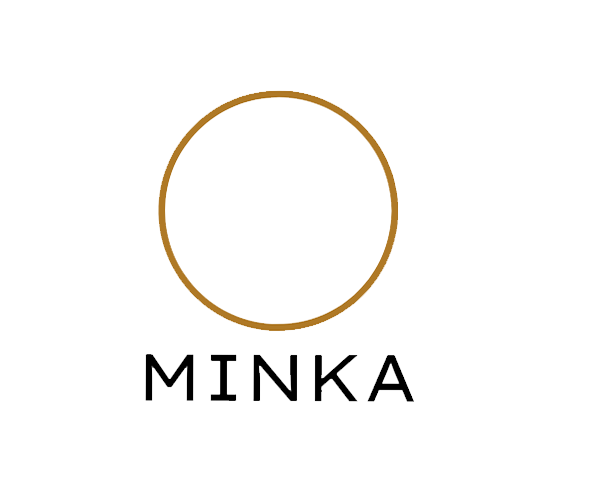The Maine lobster — Homarus americanus — not just a delicacy, but a creature of profound mystery. To many, it is simply a seafood item. But beneath the cold waters of the Atlantic, this crustacean lives a life more strange and wondrous than you might ever imagine.
We once lived across the street from a lobster man. We would watch from our front porch as he pulled in with a load of fresh lobsters. We could just walk across and grab a couple. After a while, we got sick of lobsters. lol. But we understand the appeal. They are delicious, but also kinda weird.
Here are 7 interesting facts about lobsters that might just change how you see them forever.
1. Lobsters Might Be Functionally Immortal
How long do lobsters live? Some scientists believe they can live over 100 years — potentially even indefinitely. Unlike most animals, lobsters do not age the same way. Thanks to a continuous process of molting and regeneration, their bodies don’t weaken with age — until disease or injury finally catches up with them.
2. Their Blood Is Blue
Yes, really. What color is lobster blood? It’s blue, not red. This is due to hemocyanin, a copper-based molecule used to carry oxygen in the lobster’s circulatory system. A reminder that these sea creatures truly run on ocean magic.
3. They Taste With Their Legs
If you’ve ever wondered how lobsters find food on the murky seafloor, the answer is: with their legs. Tiny hair-like structures on their limbs allow them to “taste” as they walk, detecting chemicals in the water and substrate.
4. Lobsters Communicate With… Urine
This is not a myth. Do lobsters communicate? Yes — and in an unusual way. They release chemical signals through urine sprayed from nozzles below their eyes. These scents carry social information — such as mating readiness or dominance — and help structure lobster society.
5. Lobsters Were Once Food for the Poor
In colonial New England, lobsters were so abundant they were viewed as trash food. Lobster myths include the fact that it was once considered cruel to feed lobsters to prisoners more than a few times a week. Today? A Maine lobster roll is a delicacy!
6. They Don’t Start Out Red
Alive, lobsters are typically green, blue, or brown — sometimes mottled or spotted. They only turn red when cooked, as heat breaks down certain pigments in the shell, leaving behind the vibrant crimson hue associated with dinner plates.
7. They Fight, Flirt, and Choose Their Mates
Far from mindless bottom-dwellers, lobsters engage in duels, courtship, and mate selection. A female lobster will often molt before mating, and can store sperm until conditions are ideal for laying her eggs. There is strategy — even romance — beneath those shells.
Final Thoughts from the Depths
The next time you see a lobster — whether crawling along a tidepool or steaming on a plate — remember: this is no ordinary animal. It is a survivor of deep time, a master of regeneration, and a creature of strange intelligence.
And you know what goes great with lobsters? MUSSELS
✅ Health Benefits of Lobster:
-
High in lean protein – supports muscle growth and repair
-
Rich in B vitamins, especially B12 – critical for nerve function and red blood cell formation
-
Omega-3 fatty acids – anti-inflammatory and heart-healthy
-
Good source of minerals – including selenium, zinc, phosphorus, and copper
OTHER RESOURCES:
MAINE LOBSTERMEN ASSOCIATION
MAINE LOBSTER FESTIVAL: HOW LOBSTERS ARE CAUGHT
IS CLIMATE CHANGE PUTTING THE LOBSTER ROLL IN JEAOPARDY?

